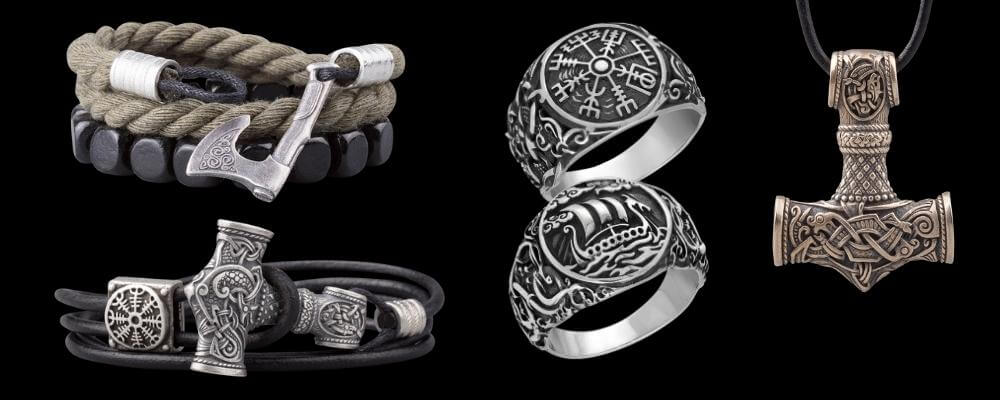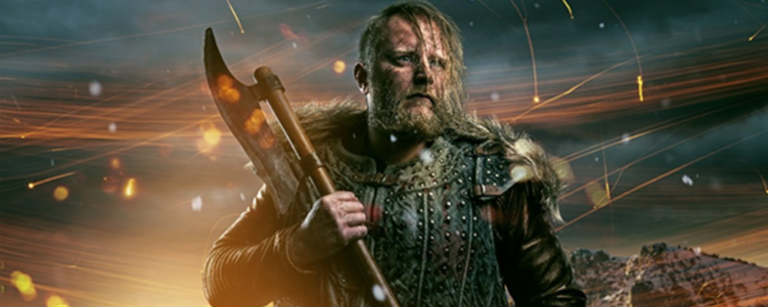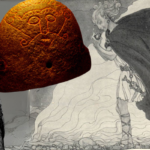Eric Bloodaxe is one of the most famous Viking warriors, at least in the British Isles. Many Britons today trace their Viking ancestry through Eric Bloodaxe and his prodigy who settled in York.
But Eric’s story seems far less noble than that of many other Viking warriors.
He was expelled from kingship several times, usually because he had lost the support of his own people who preferred a different ruler. What does this say about this unlucky Viking?
Let’s take a closer look at the Norwegian warrior that called Northumbria home, and how exactly he earned the nickname Bloodaxe?
Eric’s Bloodlines
The real name of Eric Bloodaxe is Eric Haraldsson, and he was one of the many sons of the Norwegian king Harald Finehair.
Finehair is best known for having united a large portion of Norway to become the first king of all Norway.
A version of this tale is reimagined in the TV series Vikings, when Bjorn Ironside is tricked into participating in an election for the first king of all Norway, assuming that he will win, only to see Harald chosen in his place.
Eric must have been born near the beginning of the 10th century. While the Harald we meet in Vikings was childless, the real Harald Finehair is said to have had many sons, perhaps as many as 20, though Eric was among his favorites.
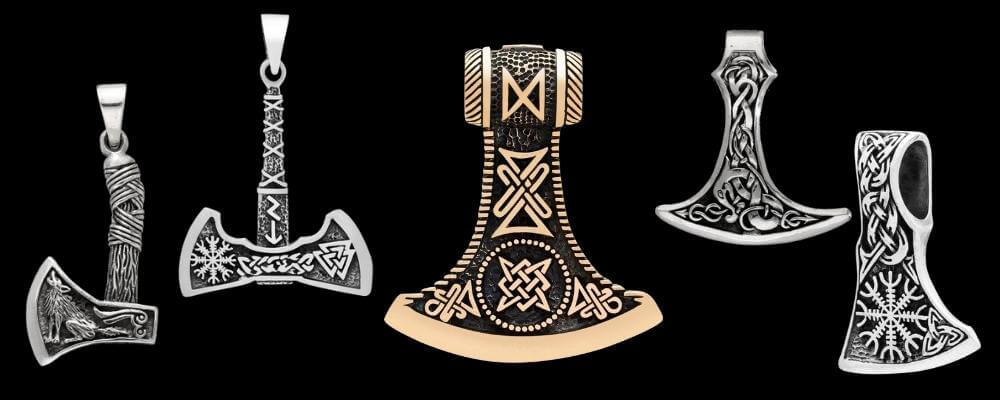
According to one saga, when Eric was just 12 years old, he received five longships from his father, which allowed him to launch his career as a Viking raider. This may suggest that he was a younger son being sent out to find his fortune, rather than the oldest son, being groomed to succeed his father.
The stories suggest that in the first instance Eric turned his attention to the east, raiding across Denmark, Friesland, and Saxland for about three years. He then decided to go west and raided across Scotland and the Irish sea for another three or four years, discovering the lands where he would later make a name for himself.
When Harald Finehair died, he did not want to divide his newly consolidated empire among his many sons. He made the majority of his sons into minor kings, and then set Eric above them all as the grand king of Norway.
Eric Bloodaxe
Some sources suggest that Eric earned his nickname Bloodaxe from his bloody raiding before the death of the father. Others suggest that he got the name for the amount of his own kin’s blood that he spilled.
The sources suggest that he killed at least five of his brothers and half-brothers to secure his power, and possibly many more.
By the time the killing was done, Eric appears to have had only one half-brother left, Haakon. He had been sent by his father as a hostage to King Athelstan of Wessex and grew up as a Christian in the English court.
The name Bloodaxe may also have referred to Eric’s leadership style. It seems that he was a bloody and tyrannical ruler.
We know from the story of Egill Skallagrimsson that he did not always honor his word. He banished Egill for killing one of his sons, but eventually agreed to pardon Egill in return for a ransom that was paid.
However, when Egill decided to return to Norway following the death of his brother to claim the inheritance that was rightfully his, Egill had already given away his lands as a result of the old grudge.
Eric Bloodaxe was so unpopular that he ruled for only four years until 934, when his brother Haakon sailed to Norway to claim the throne. Eric didn’t put up much of a fight because the local population decided that they had had enough of Eric, and threw their support behind the challenger Haakon.
It seems that Eric considered Norway a lost cause, as he left Norway without trying to reclaim his throne and never returned. His sons would only return after his death.
Eric and Gunnhild
The sources also suggest that Eric was egged on in this bloody work by his wife Gunnhild, who was reportedly a witch.
She is accused of using her magic to kill Eric’s popular brother Halfdan Haraldsson the Black shortly before the death of Harald Finehair, clearing the way for Harald to name Eric as his primary successor.
There are various stories about her origins.
Some say that she was the daughter of Gorm the Old, the king of Denmark, and that her marriage to Eric was a simple political alliance.
Other sources suggest that she was the daughter of Ozur Titi, Hersir of Halogaland, and that she encountered Eric while he was in the area on an expedition, and that they two fell in love and he whisked her away.
Yet other sources say that Eric discovered her living with two Finnish wizards that taught her magic. In return they demanded sexual favors of Gunnhild, so she tricked Eric into falling in love with her so that would kill the two wizards and take her away to be his wife.
Whatever the truth of her origins, the sources all agree that she had a strong influence on her husband and was heavily involved in both political and magical machinations.
Christianity
After being overthrown in Norway, Eric headed to Orkney, a Viking dominated island in the north of Scotland, where he was acknowledged as king by the local strongmen.
From there he was invited to York by the local Bishop Wulfstan. York was taken by Ivar the Boneless and established as a Viking city more than a century earlier.
It seems likely that shortly after arriving at York Eric and Gunnhild were baptized as Christians. This would explain why they were subsequently welcomed with open arms at the court of King Athelstan, where his brother Haakon had previously lived.
His turn of events seems especially strange sings it was reportedly Athelstan who provided Haakon with the ships that he needed to overthrow his brother.
While Haakon was introducing Christianity in Norway, Eric was converting to Christianity in England in order to make his way within Athelstan’s court.
Northumbria
The sources do not agree whether Athelstan made Eric the king of Northumbria, where many Vikings dwelled, or whether the local Northumbrians raised Eric to the kingship after the death of Athelstan in 947 in opposition to his son King Eadred of Wessex.
This may have been a bid for independence, as Northumbria was subjected to the power of Wessex in 927.
Either way, his initial dominion of Northumbria appears to have been short-lived. In 948, following pressure from Eadred, the Northumbrians expelled Eric. Perhaps this was partially motivated by Eric practicing the same stronghanded ruling style that saw him expelled from Norway.
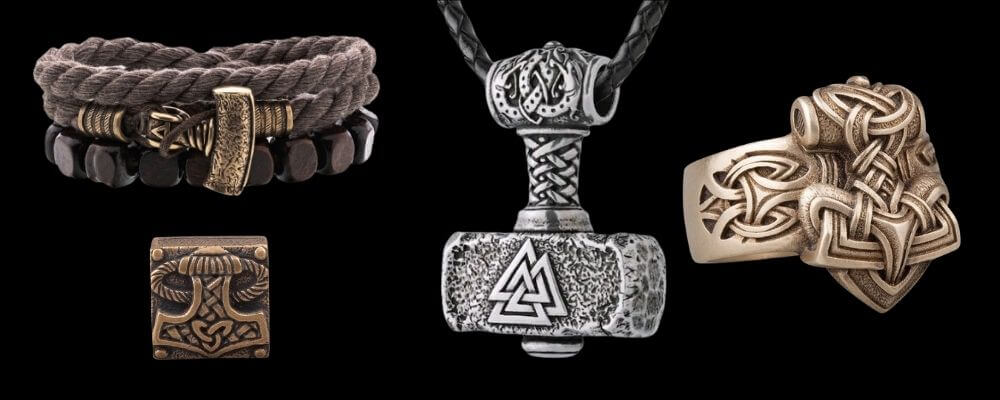
In his place, Eadred placed Olaf Sihtricsson, an Irish Viking, over the Northumbrians. The fact that yet another Viking king was chosen reflects just how thoroughly the Vikings had come to dominate this part of England.
But this time Eric did fight back, and in 952 he returned to York and overthrew Olaf. He ruled over Northumbria again, even producing coinage in his own name. But he was expelled yet again after just two years.
According to the Anglo-Saxon chronicler Roger of Wendover, Eric was betrayed by a man name Osulf and slain by Maccus at a place called Stainmore.
Another chronicler, Simeon of Durham, says that Maccus was the son of Olaf, who was presumably revenging the overthrow of his father.
But either way, it seems that Eric lost power because the Northumbrians again were not behind him and decided to support another ruler in his place.
Death
According to some sources, Eric was killed by Maccus when he was expelled from Northumbria. However, there are also sources that say that Eric died alongside five other kings at a battle in an unknown place in England, and that he lived on to raid in Spain, where he was eventually killed.
According to the source that records his death in battle alongside other kings, his wife Gunnhild commissioned a Skaldic poem honoring the fallen Eric and describing his arrival in Valhalla.
The poem can be translated as follows:
What dream is that? quoth Odin,
I thought to rise ere day-break
To make Valhalla ready
For troops of slain;
I roused the champions,
Bade them rise swiftly
Benches to strew,
To wash beer-flagons;
The Valkyries to pour wine,
As a prince were coming.
Whether Odin would have considered Eric Bloodaxe as worthy of entrance to his hall is a matter of opinion.
Local English legend suggests that the fallen Eric was buried at the Rey Cross at Stainmore, though excavations around the cross in the 1980s found no evidence of bones.
Nevertheless, the desire to attribute a burial spot for Eric in England points to just how important this Viking was in Britain, despite the various ups and downs of his life.
Modern Vikings
Modern Britons tracing their Viking ancestry often point to Eric Bloodaxe as an ancestor. But he is also an ancestor of many in Norway, as his son Harald II went on to succeed Haakon to the throne of Norway in 961.
But what do you think of Eric Bloodaxe? An important Viking warrior, or a king unable to hold on to power largely because he could not maintain the support of his own people? Do you think he found himself in Valhalla?
